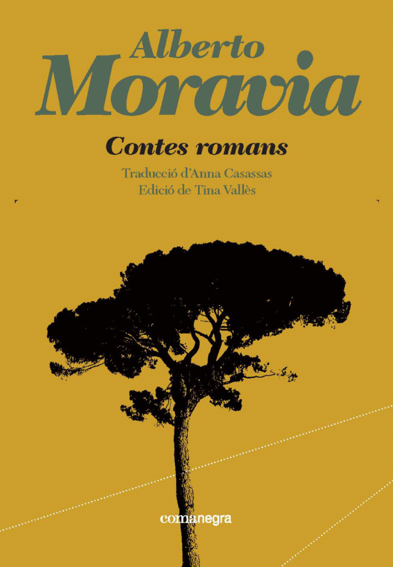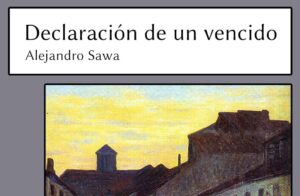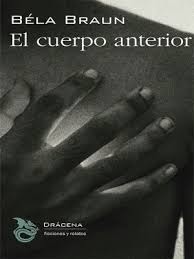
Idioma original: Italian
Original title: Roman tales
Translation (into Catalan): Anna Casassas
Year of publication: 1954
Valuation: Between recommendable and okay
I greatly appreciate Alberto Moravia. And that, while his novels The indifferent, The conformist o The peasant they excited me, later dabbles in The man who looks, The leopard woman, Agostino o Tedium They left a bittersweet aftertaste.
Anyway, let’s talk about the Roman stories of Comanegra. They are all extremely brief, at most ten pages long. They all take place, obviously, in Rome, except for “La vida al camp”, which is about a young man who temporarily leaves the Italian capital. They all feature men who are also lower class and almost always act as the first-person narrators of the story.
The protagonists of these Roman stories They are not particularly memorable, but both his voice and his way of thinking are perfectly delineated. Furthermore, the author gives them in each story a character arc, basic but a character arc after all, to carry out (or fail to carry out, as happens in “The Thinker”, “La Ruïna de la Humanitat” and “Mira’ m i no em toquis”).
The sense of humor in these stories is delicious. Deceptively friendly, deep down he is quite black but never becomes cynical. Something that made me smile, for example, is that in “No dic que no”, during two marital discussions (the first in the middle of the wedding night about the number of attendees at the ceremony, and the second later in the marriage about the number of children a waiter has), both contenders were, technically, right.
I have been seduced by some of the meditations that these stories tell. They never underestimate the issues around which they revolve, but they present themselves with humility. Here is one of them: “I suppose that the face of a waiter is the face that customers like, that they don’t need to have the face of customers because they don’t have to please anyone, while waiters, if they want to continue being waiters , they must have exactly the face of waiters.” (p. 54) Another: “I was the only one who had something to say, precisely because, unlike them, business was going badly for me and that made me reflect, and reflection, although not it fills the belly, instead it fills the brain.” (p. 75)
Another thing of these Roman stories What I would highlight is my reunion with Moravia’s mastery of descriptions. Above all, the physical characteristics of the characters, whose appearance and clothing the author always outlines with forceful, precise and expressive lines, but also those of nature or landscapes. One of the latter that has captivated me is that of Rome seen at night from a terrace, as the city is transformed into “a creamy black pastis, with all the clivelles of light, and each clivella was a street.” (p. 110)
Summing up: the Roman stories selected by Comanegra are as basic as they are effective. His modest intentions are elevated by the Moravian craftsmanship, a most meritorious finish and an enviable narrative pulse. I recommend them especially to people who love the simplicity (not simplicity) of authors like Natalia Ginzburg and like black humor that is at the same time kind.
Finally, I would like to give a very personal opinion: Catalan does not seem to me to be a language with an adequate lexical repertoire for writing or translating rude texts. In the Roman stories In Comanegra there are some scenes in which the characters use insults, but these are almost always, at least in my opinion, quite ridiculous; I think, for example, of those utterances on page 177 (“animal”, “desgraciat”, “mitjamerda”, “canalla”, “malparit”, “pendulari”, “pocavergonya”, “tarambana” and “enze”).
Source: https://unlibroaldia.blogspot.com/2024/06/alberto-moravia-cuentos-romanos.html


